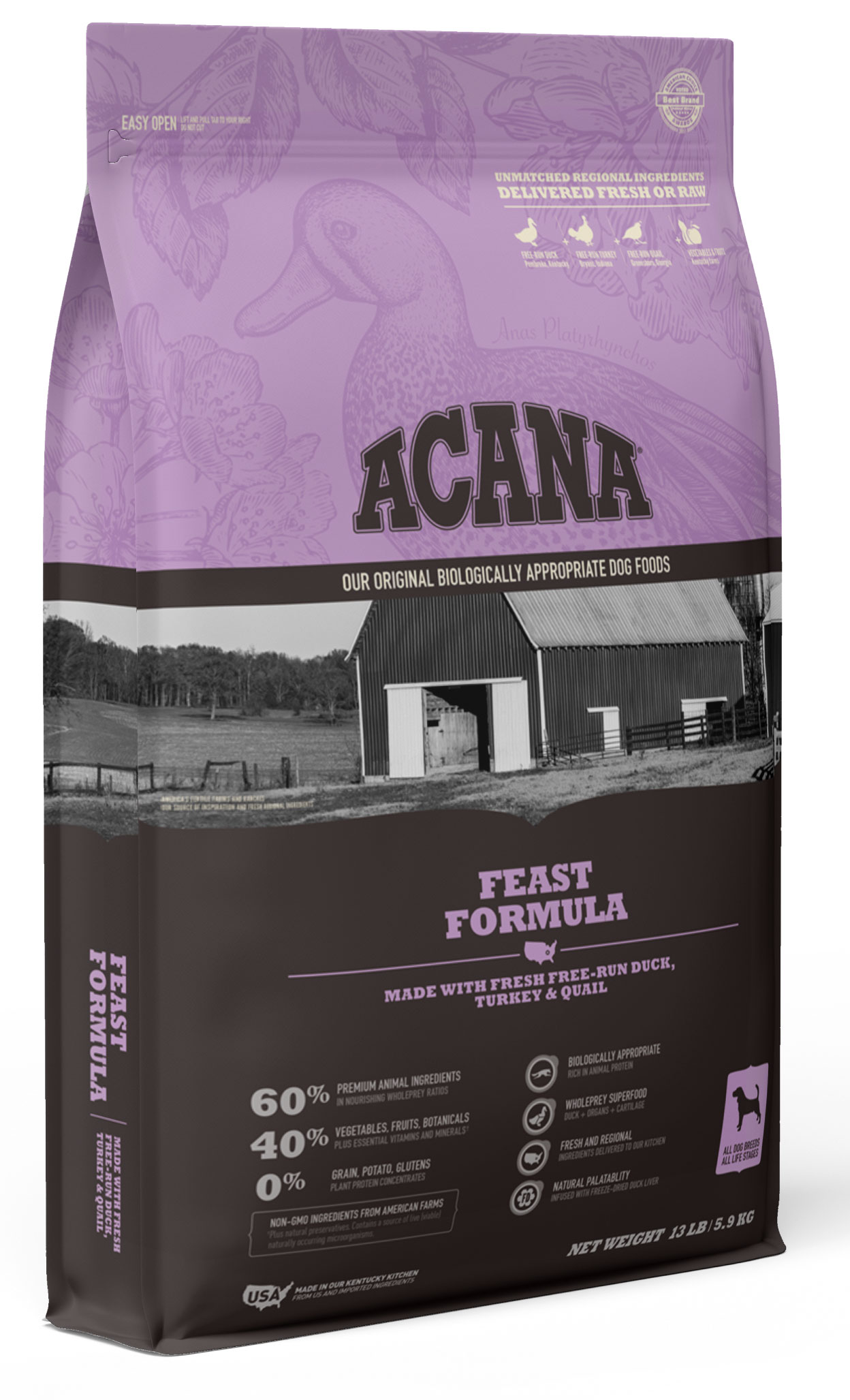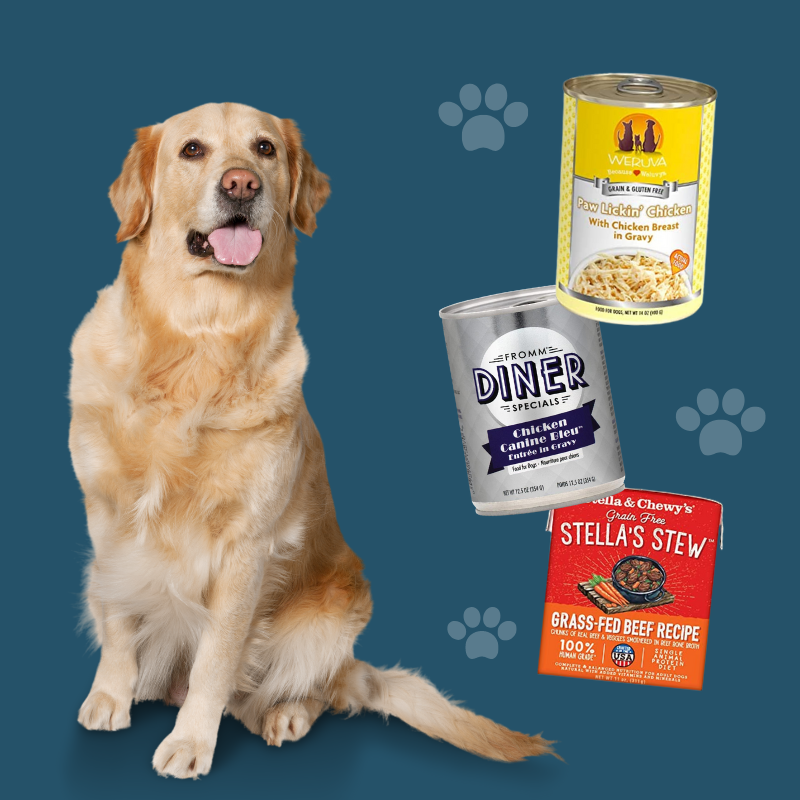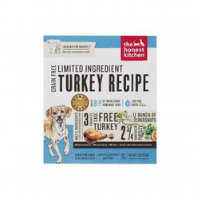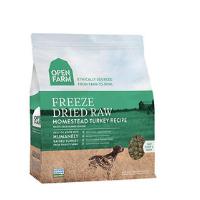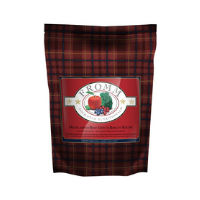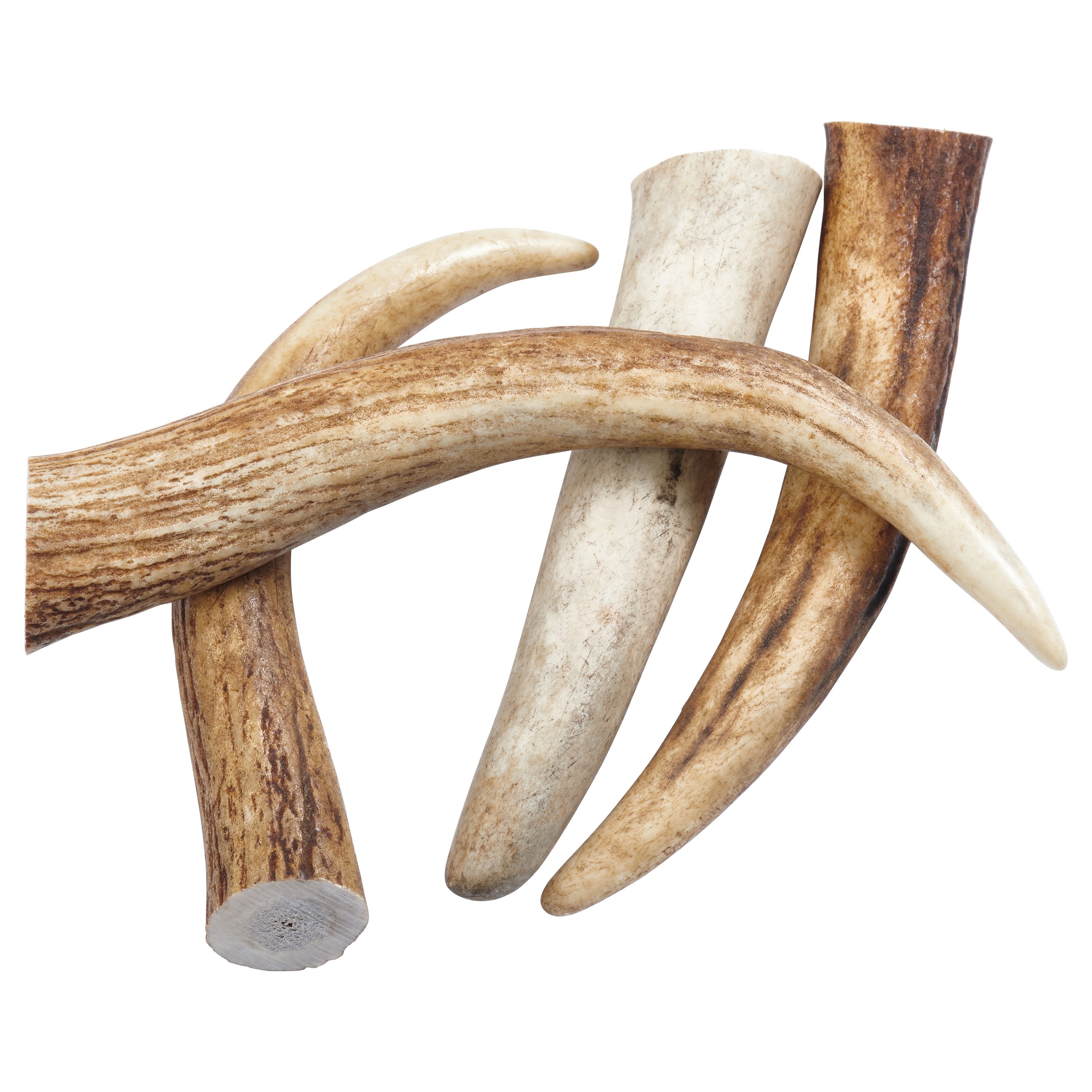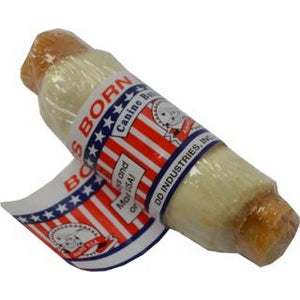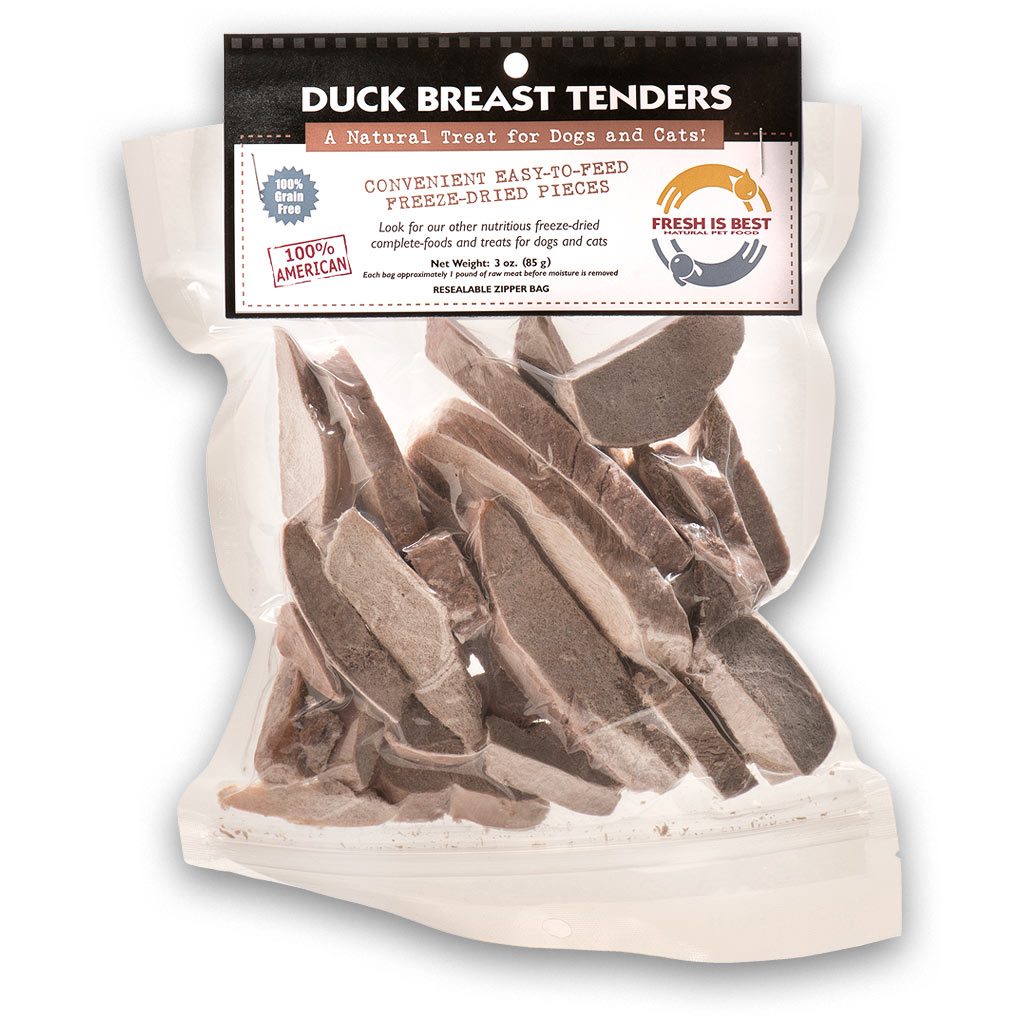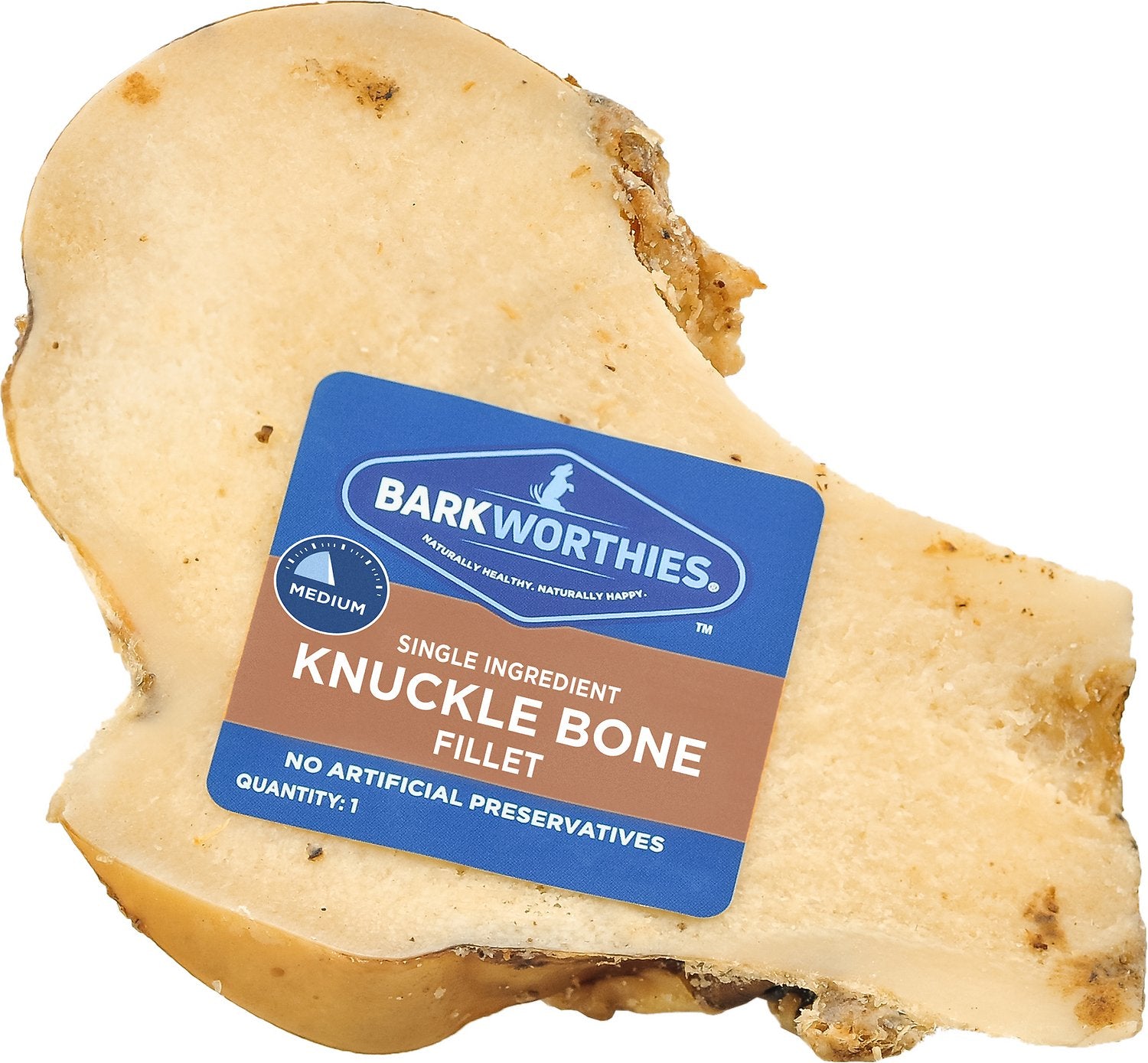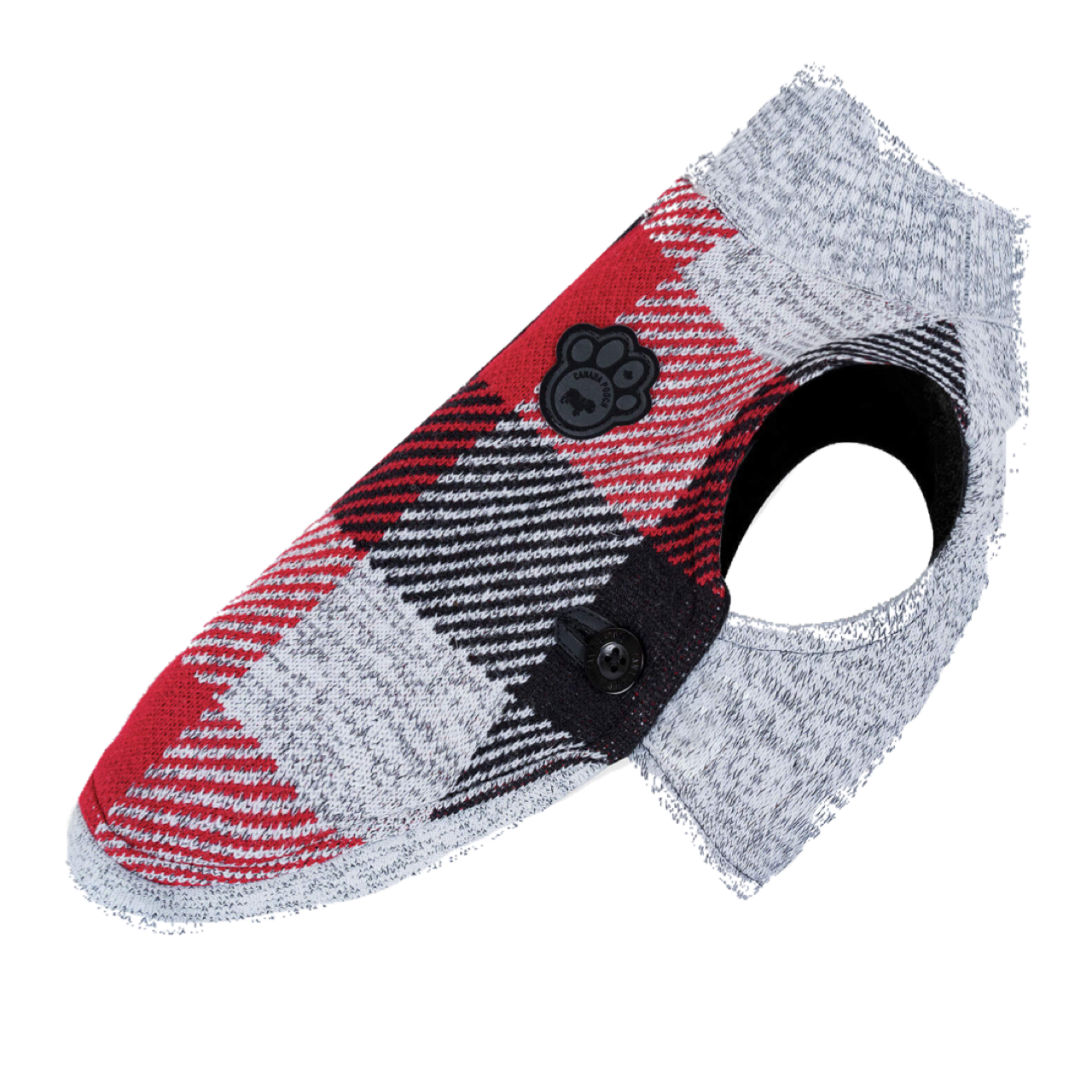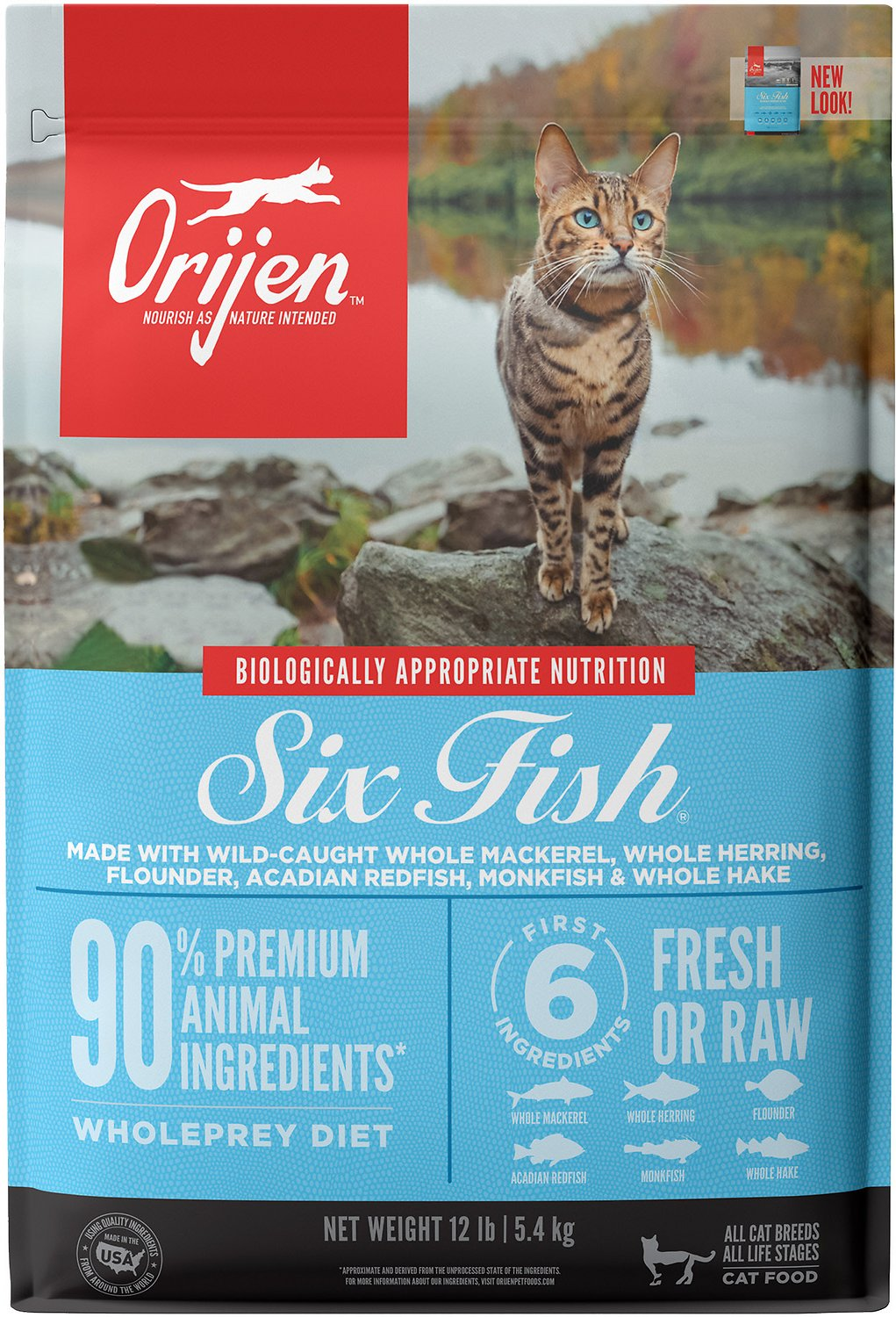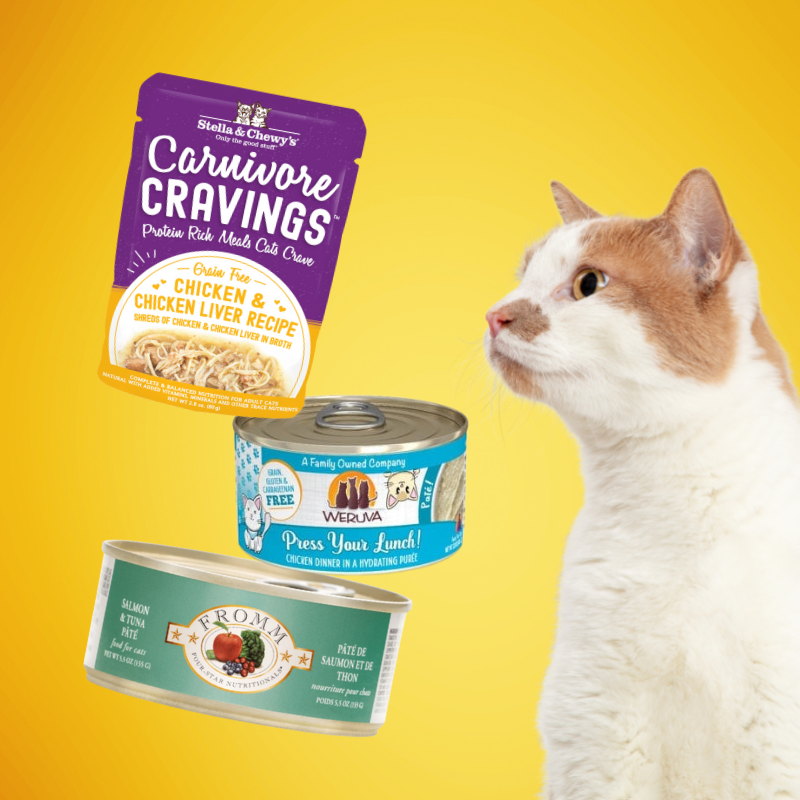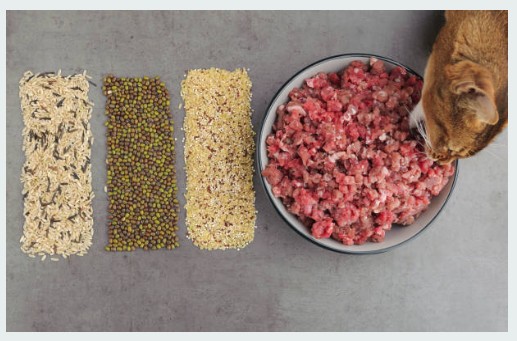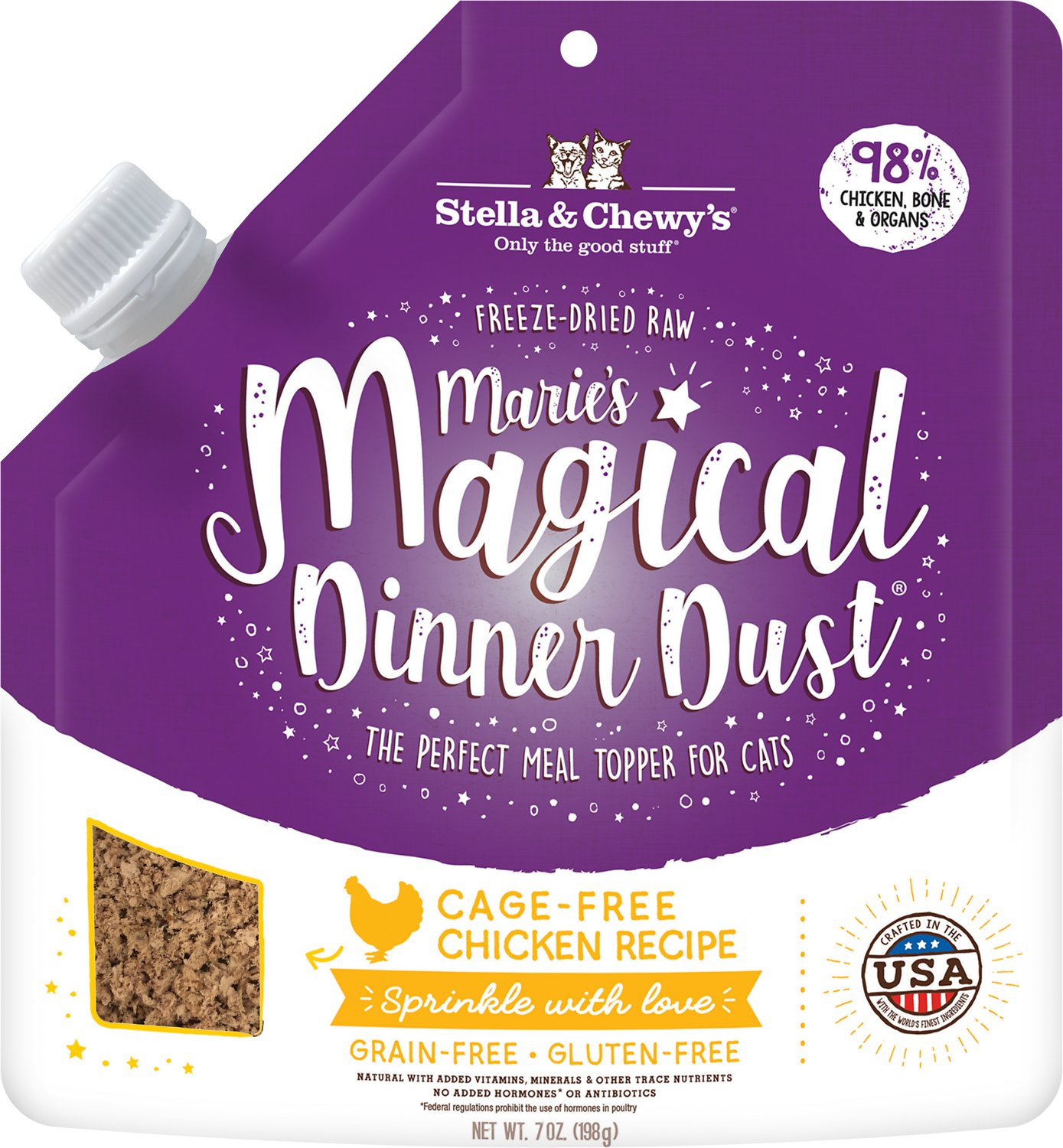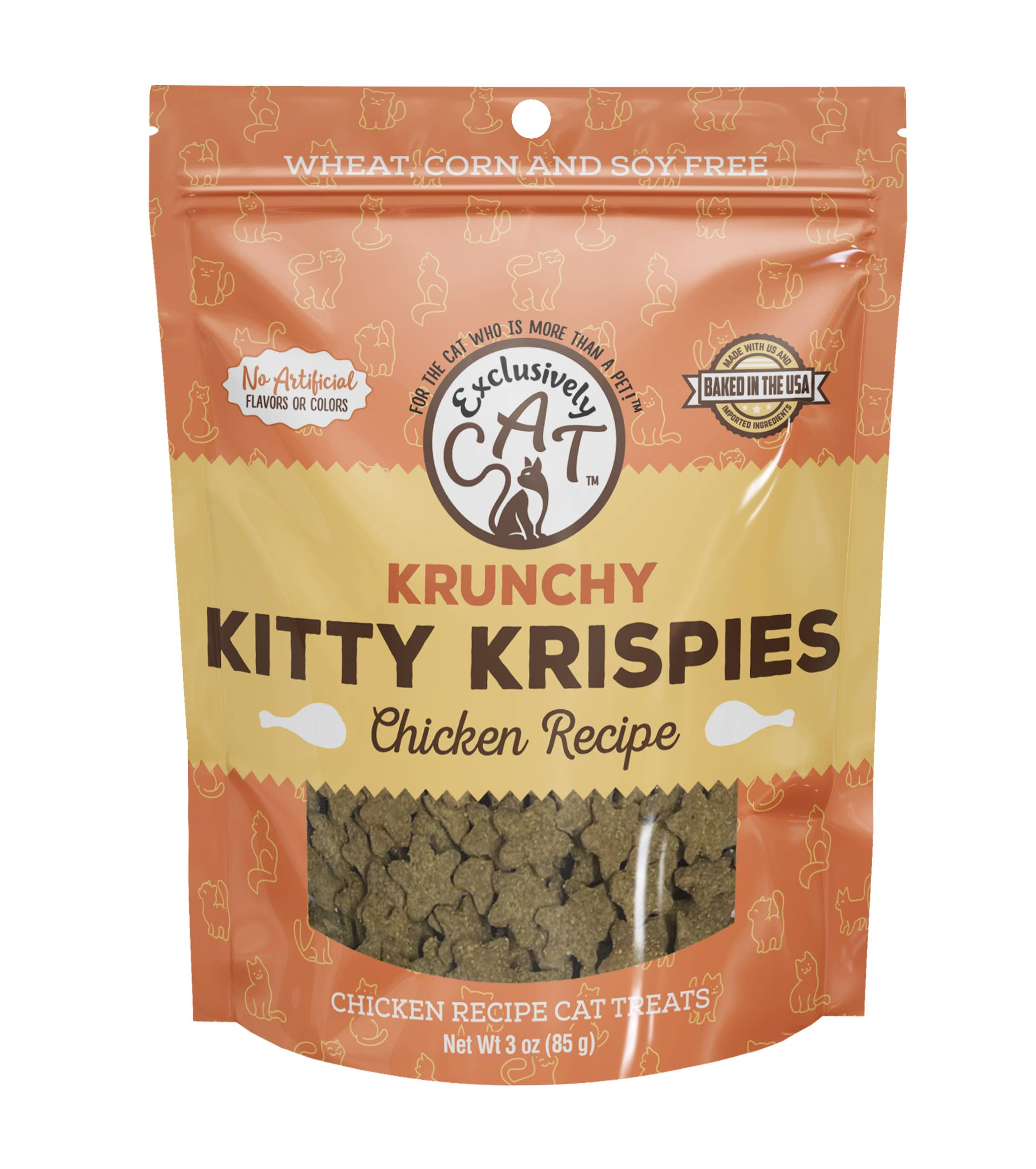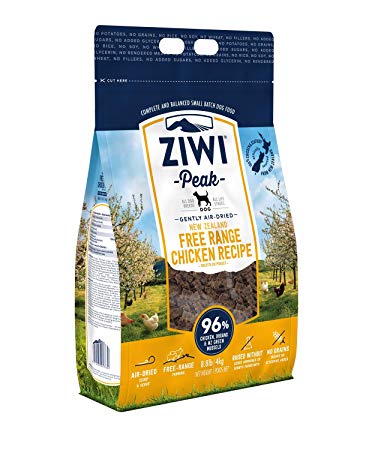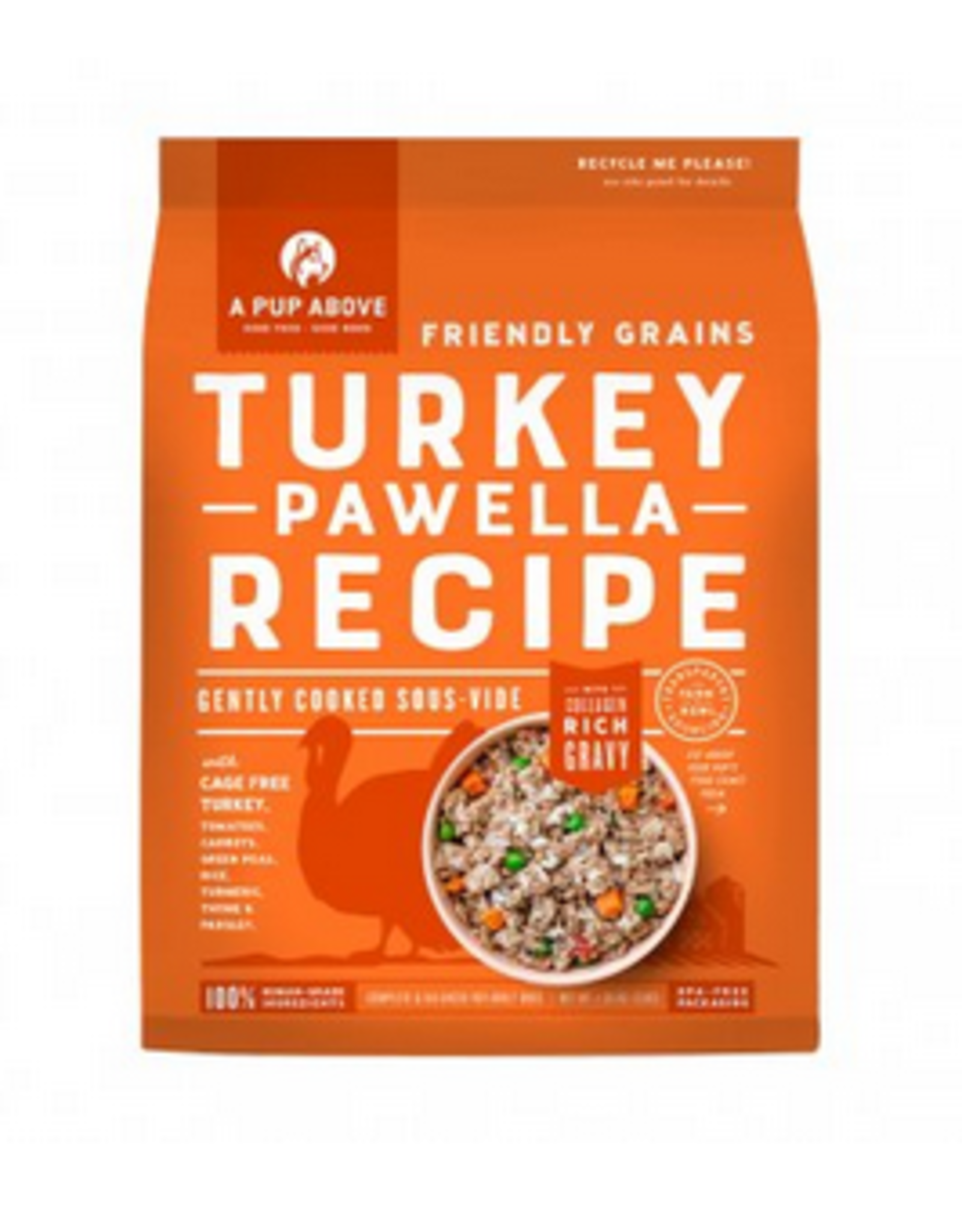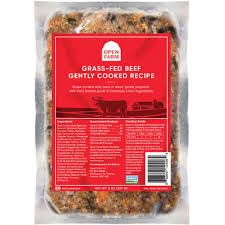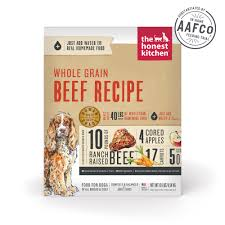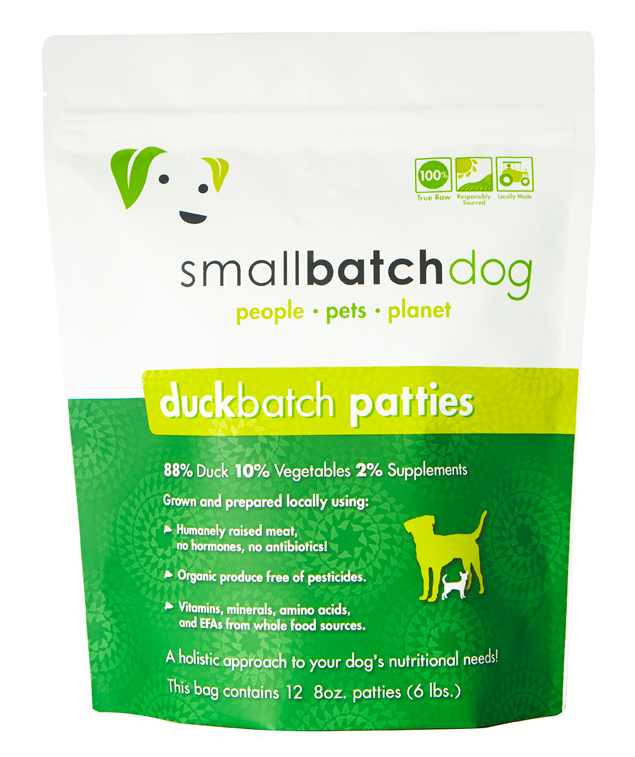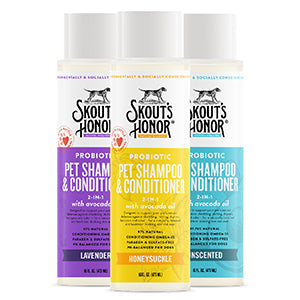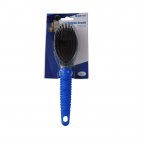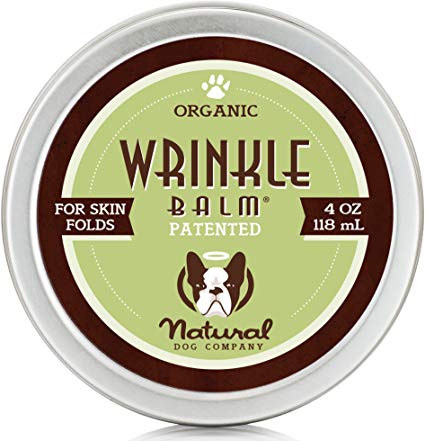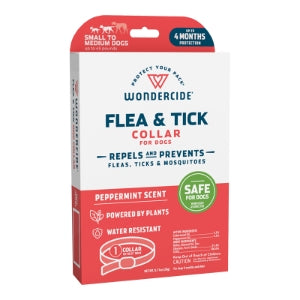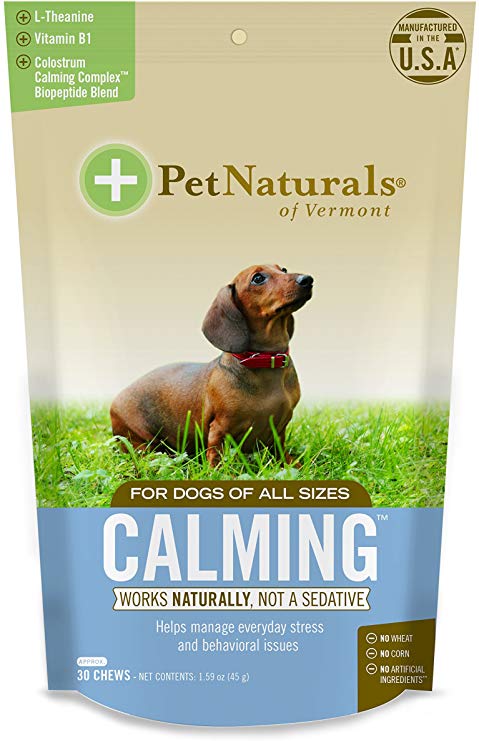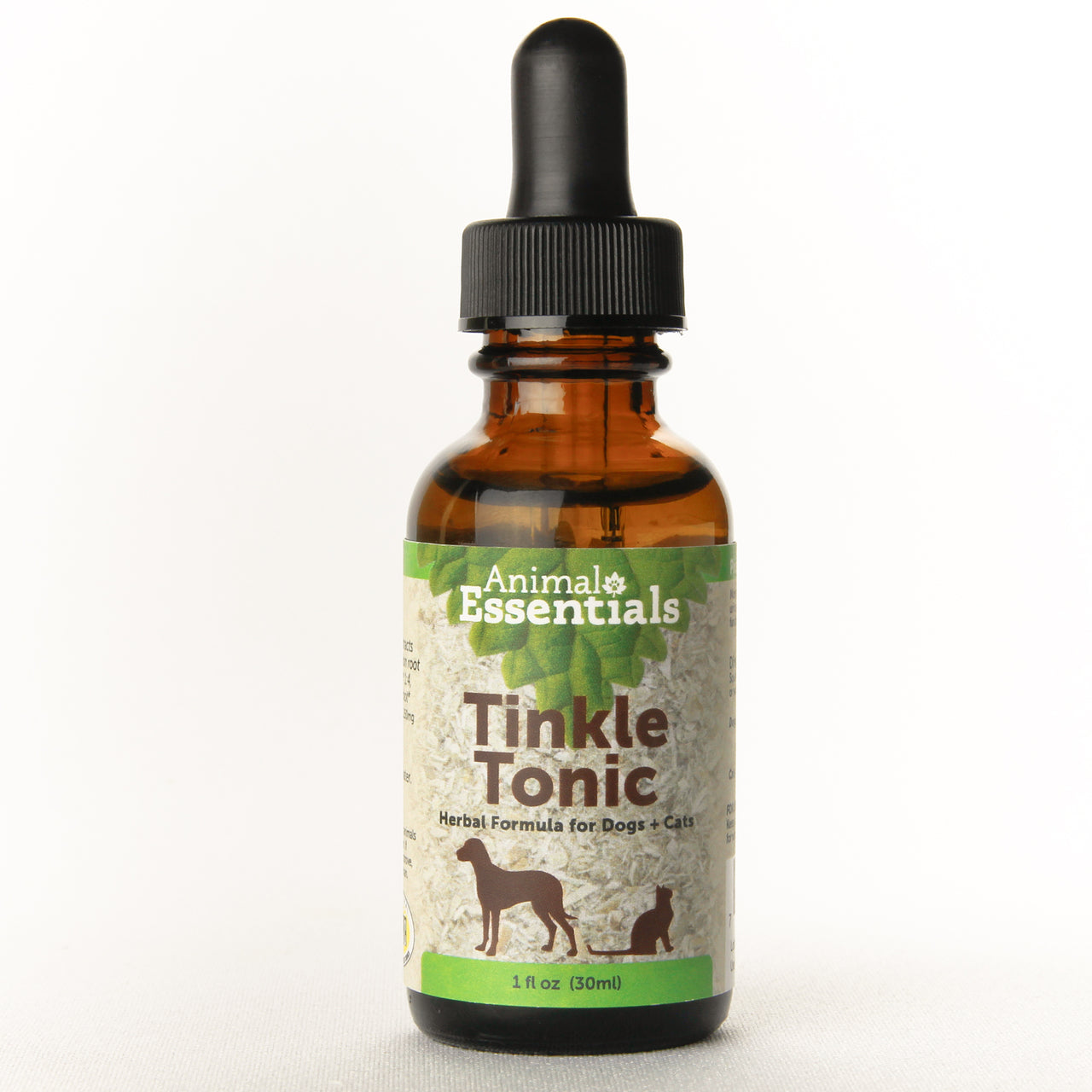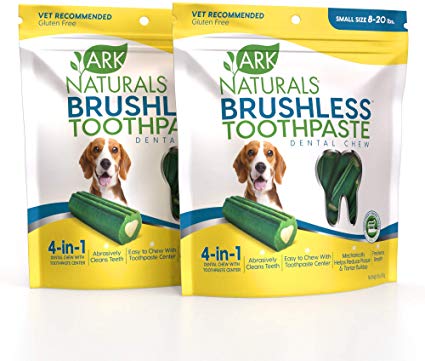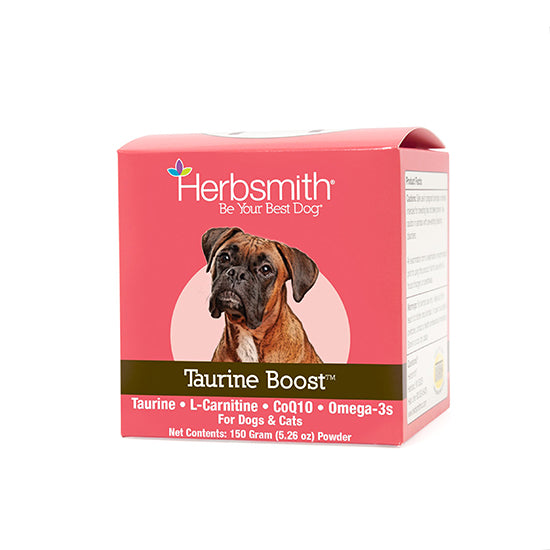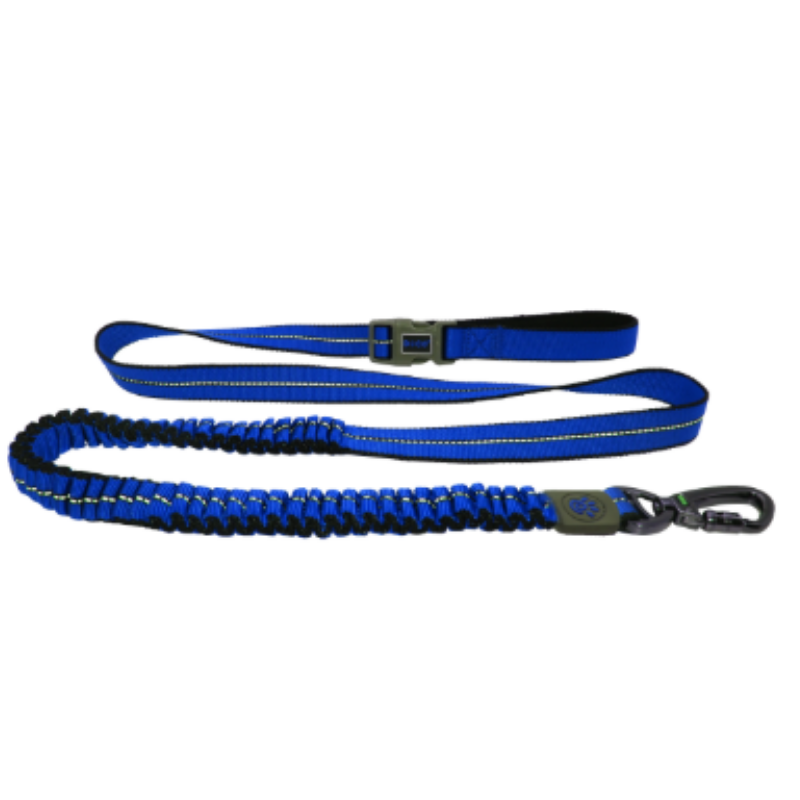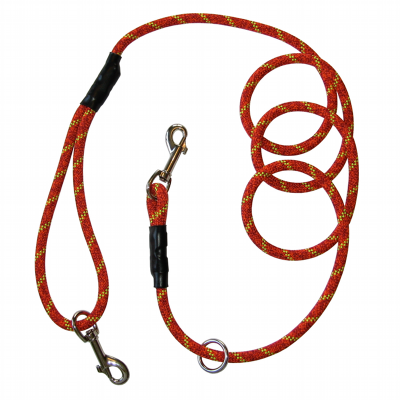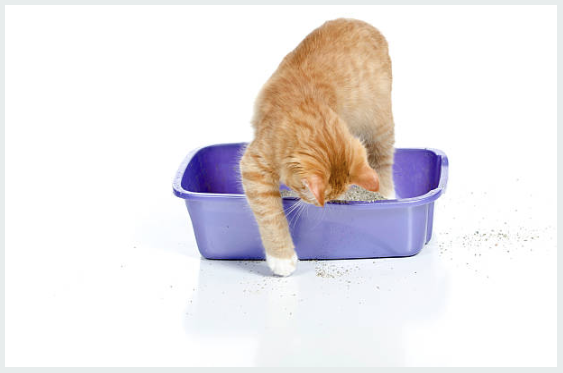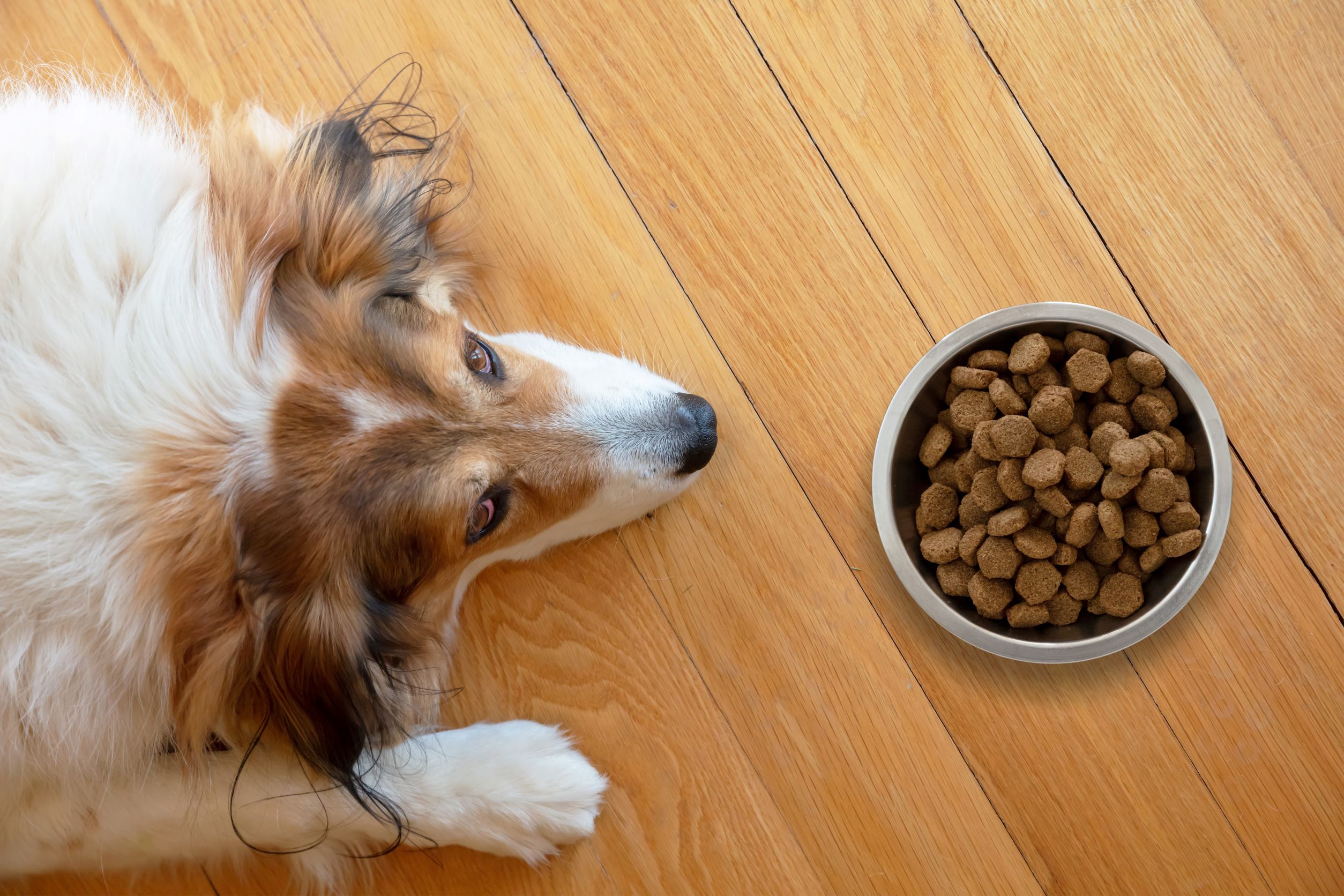Transitioning your pet to a new diet can be a challenging but important task. Whether you're switching your furry friend to a healthier food or addressing specific dietary needs, it's crucial to do so in a gradual and careful manner. Here are some helpful tips to make the transition smoother for both you and your pet.
1. Consult Your Vet
Before making any changes to your pet's diet, always consult your veterinarian. They can provide valuable insights based on your pet's individual needs, health conditions, and dietary requirements.
2. Gradual Transition
When changing your pet's diet, do so gradually over a period of 7-10 days. Start by mixing a small amount of the new food with the current food, gradually increasing the ratio of new to old food each day.
3. Monitor Their Response
Keep a close eye on your pet during the transition period. Monitor their eating habits, energy levels, stool consistency, and overall behavior to ensure they are adapting well to the new diet.
4. Stay Consistent
Consistency is key when transitioning your pet to a new diet. Stick to the feeding schedule and portions recommended by your vet to help your pet adjust and maintain optimal nutrition.
5. Offer Plenty of Water
Ensure your pet has access to fresh, clean water at all times, especially during the transition period. Staying hydrated is essential for their overall health and digestion.
6. Be Patient
Every pet is unique, and some may take longer to adapt to a new diet than others. Be patient and understanding during this transition phase, and give your pet time to adjust at their own pace.
7. Watch for Allergies or Sensitivities
Keep an eye out for any signs of allergies or sensitivities during the transition period, such as itching, digestive upset, or changes in coat quality. If you notice any concerning symptoms, consult your vet immediately.
8. Avoid Overfeeding
While you may be tempted to offer more food during the transition period, avoid overfeeding your pet. Stick to the recommended portions to prevent digestive issues and weight gain.
9. Incorporate Treats Mindfully
If you're using treats during the transition, choose ones that complement the new diet and avoid giving excessive amounts. Treats should make up only a small portion of your pet's daily caloric intake.
10. Consider Age and Activity Level
Take into account your pet's age, breed, size, and activity level when transitioning to a new diet. Different pets have varying nutritional requirements, so tailor their food accordingly.
11. Seek Support from Professionals
If you encounter challenges or have concerns during the transition process, don't hesitate to seek support from pet nutritionists or behaviorists. They can offer expert guidance to ensure a successful diet change.
12. Celebrate Small Victories
As your pet successfully transitions to their new diet, celebrate the small victories along the way. Recognize and reward their adaptability and progress, reinforcing positive behavior and a healthy eating routine.
Final Words
Transitioning your pet to a new diet requires patience, consistency, and careful observation. By following these tips and being mindful of your pet's individual needs, you can help them make a smooth and successful switch to a healthier diet. Remember, your pet's well-being is worth the effort!


